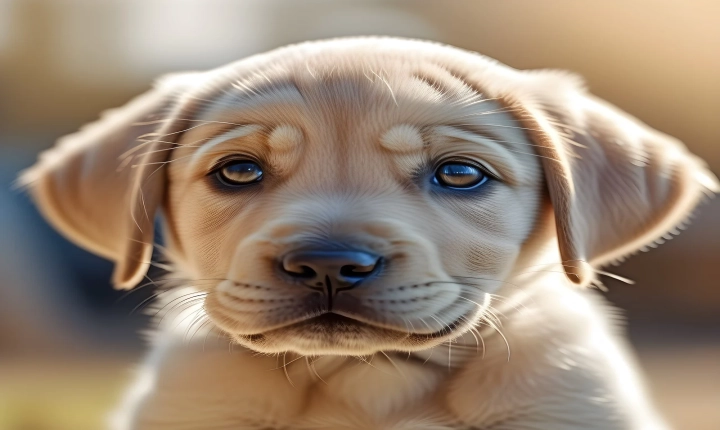Title: Can ChatGPT Make Memes? Exploring the Potential of AI in Creating Humorous Content
In the world of social media and digital communication, memes have become an integral part of how people share humor, express ideas, and communicate with each other. Traditionally, creating memes has been the domain of human creativity, but with the advancements in artificial intelligence (AI), the question arises: can machines like ChatGPT be used to generate memes?
ChatGPT, a language model developed by OpenAI, is known for its ability to generate human-like text based on prompts provided by users. While it is primarily designed for tasks like answering questions, writing stories, or providing information, it has the potential to be leveraged for meme generation as well.
One of the key components of a successful meme is its ability to resonate with people and evoke a sense of shared understanding or amusement. This often involves a combination of clever wordplay, cultural references, and relatable images. While ChatGPT may not have the capability to generate visual content directly, it can certainly contribute to the textual aspect of meme creation.
Using ChatGPT to Create Memes
When it comes to leveraging ChatGPT for meme creation, there are several approaches that can be considered. First and foremost, ChatGPT can be used to generate witty captions or text overlays that complement existing meme templates or popular images. By providing the model with a brief description of the desired humor or context, users can prompt ChatGPT to generate humorous phrases or slogans that can be paired with appropriate visuals.
Additionally, ChatGPT can be used to brainstorm meme ideas or concepts. By prompting the model with a specific theme or topic, users can receive a variety of humorous responses that can serve as inspiration for crafting original memes. This can be particularly useful for content creators seeking fresh ideas for engaging their audience.
Moreover, ChatGPT can help in refining existing memes by suggesting alternative punchlines, variations, or reinterpretations based on the original concept. This can breathe new life into familiar formats and keep meme content feeling current and relevant.
Challenges and Limitations
While the idea of using ChatGPT for meme creation is intriguing, it’s important to acknowledge the potential challenges and limitations associated with this approach. One of the primary concerns is the model’s ability to understand the subtleties of humor and cultural references. AI models like ChatGPT rely on patterns and data to generate responses, but humor often involves nuances that may be difficult for machines to fully grasp.
Additionally, the context and appropriateness of the generated content need to be carefully considered. Memes often touch upon sensitive or controversial topics, and without proper oversight, there is a risk of generating content that may be inappropriate or offensive.
Furthermore, the lack of visual component in the AI model itself means that users would still need to pair the generated text with suitable images or graphics to create a complete meme. While AI models are continually improving, generating original visual content that matches the linguistic humor and context remains a separate challenge.
The Future of AI-Generated Memes
Despite the challenges, the potential of using ChatGPT and similar AI models for meme creation should not be discounted. As AI continues to evolve, there is an opportunity to develop more sophisticated models that can better understand and generate humorous content in a way that resonates with human audiences.
Furthermore, the collaboration between AI and human creators can lead to innovative approaches for meme generation. For example, AI could assist in the ideation phase, providing a wealth of creative sparks that human users can refine and adapt into compelling memes.
Ultimately, the role of AI in meme creation should be viewed as a complementary tool rather than a replacement for human creativity. By harnessing the strengths of AI in generating ideas and text-based content, while incorporating human oversight and creativity in the curation and visual elements, it’s possible to enhance the meme-making process and deliver more engaging and relevant content to audiences.
In conclusion, while ChatGPT and other AI models may not yet fully replicate the intricacies of human-generated memes, they have the potential to contribute to the generation and refinement of humorous content. With careful consideration of context, creativity, and collaboration, the future of AI-generated memes holds promise in elevating the art of online humor and communication.
